Paradise found: a journey through Brazil’s balmy northeast
Urban thrills and barefoot beach chic in Recife and Kenoa
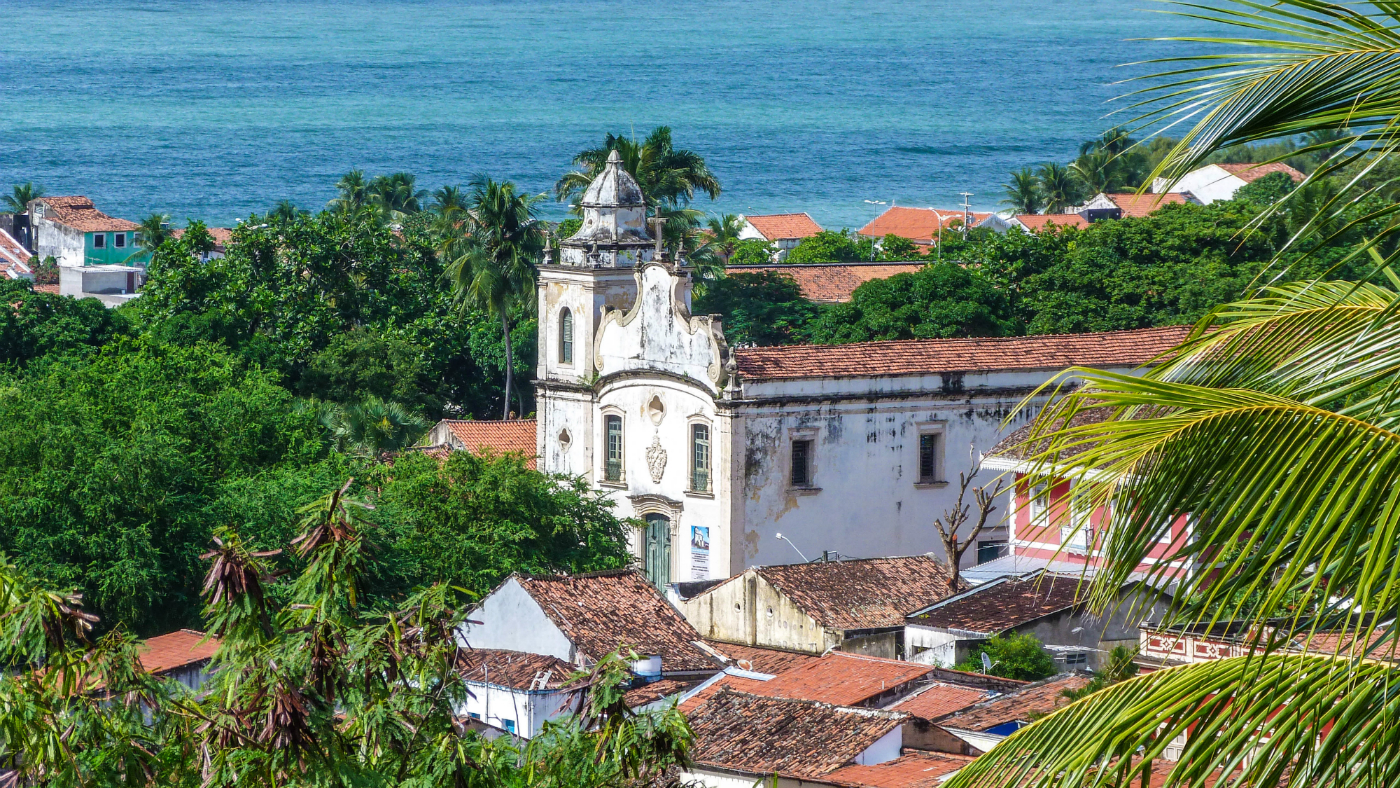
When I first arrived in Rio de Janeiro a few years ago I was quite the European cliché, on the run (from work and debts and family tragedy), and looking (with half-remembered photographs of Carmen Miranda crowding my tangled brain) for sun, sand, fruity cocktails and happy people pointlessly balancing pineapples on their heads. My comeuppance was swift – not in the form of robbery or dengue fever, as I had vaguely feared, but owing to the fact the place felt like Bridlington in December.
It was cloudy and chilly, and on the Flamengo seafront the stolid fin-de-siecle apartment blocks glowered resentfully across windswept acres of concrete to the choppy grey waves beyond. More depressing still was the famous Sugar Loaf rock, hunched in the dead light like a big black tumour on the pallid corpse of the sky. It felt unreal. I wanted badly to scratch the city somewhere and reveal polystyrene or papier mache beneath, proving I had accidentally stumbled into an abandoned Siberian studio back-lot and was looking at the tatty set of an old tropical adventure movie, and that the Rio of my dreams might still be found elsewhere.
The sun came out the next day, I got over my disappointment, and I have been back several times since. It turns out that the weather in Rio in winter is really not so bad overall, with the mercury generally hovering around 18 degrees celsius. Still, to my boyfriend – who is Brazilian, and lives out the long, sweltering summers in the city – such conditions feel positively Antarctic, and so when I visit in the cooler months – during the British summer holidays, that is – we soon find ourselves dreaming of a tropical escape from my original tropical dream escape.
The Week
Escape your echo chamber. Get the facts behind the news, plus analysis from multiple perspectives.

Sign up for The Week's Free Newsletters
From our morning news briefing to a weekly Good News Newsletter, get the best of The Week delivered directly to your inbox.
From our morning news briefing to a weekly Good News Newsletter, get the best of The Week delivered directly to your inbox.
In Brazil, if you want to swim in the sea – as I always do – that means flying far to the north east, where the beaches are vast and the weather is balmy all year round. In the past, I have settled for the touristy state of Bahia, but this year I went much further, to the city of Recife (prounounced heh-see-feh) – as far from Rio as Miami is from New York, visited by few holidaying Brits, and, before my trip, in all other respects a mystery to your ditzy, sun-seeking correspondent.
The skies were lowering on our arrival, but lowering less as in Lowery and more as in Turner, with pale golden shafts of light piercing through granite castles of cloud and pooling and flashing on pewter seas. In this darkling late-afternoon intensity the city centre unfolded moody and magnificent before our rickety old airport taxi. Evidently bolstered by 19th- century mercantile wealth, it reminded me fleetingly of Glasgow, but it breathed more freely – as if the grand bits of that city had been scattered by some imperious hand around great avenues and municipal parks across several separate Clydes, rivers and sea channels separating the mainland and three low-lying islands from one another and spanned by cast-iron bridges that lifted the soul as one rattled across them. At the utmost extreme, five boulevards converged onto a waterfront square, beyond which lay the recife itself – the reef for which the city was named – built up into a massive, squat wall 250 metres out to sea, and crowned with a soaring phallic monument around which the Atlantic spray ceaselessly, spectacularly explodes.
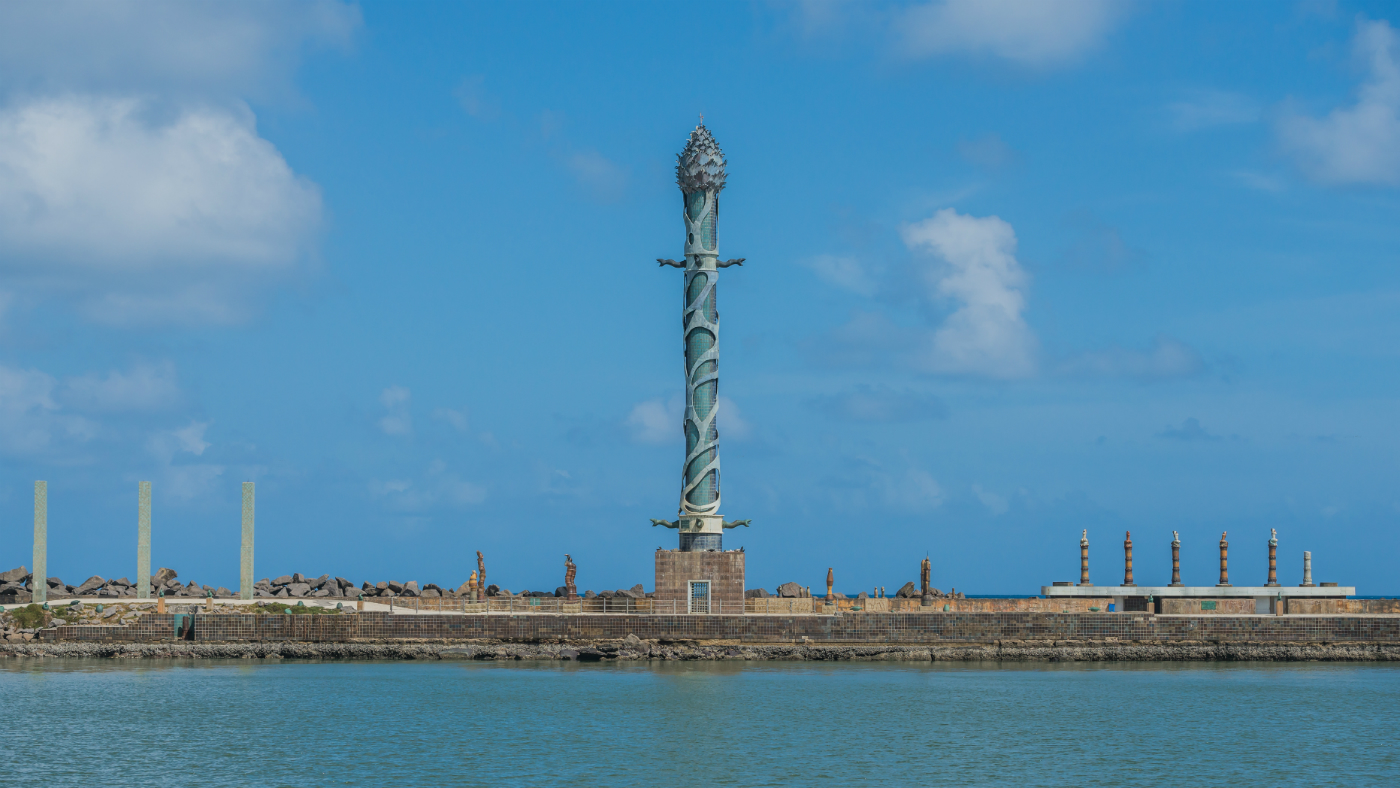
Credit: Embratur
Here, at the end of the city, you are also at the end of the world. In all the Americas, you cannot get much closer to Africa or Europe than that great sea wall, a reflection likely to stir any corner of the arriving visitor’s soul still untouched by all the gritty glory behind. The Portuguese first arrived and put down roots in South America in this region, through which most of the four million Africans they brought in chains across the Atlantic from the 16th century onwards passed. It was here, in the far north-east of Brazil, that the new country’s unique fusion of indigenous, African and European cultures first developed.
A free daily email with the biggest news stories of the day – and the best features from TheWeek.com
And the nation’s African roots are still more evident here than elsewhere, in distinctive food, music, religious beliefs and so on. One city in the region, Salvador, was even more important than Recife in the early days of empire, and now lords it over its northern neighbour in the tourist stakes – but within an hour of touching down, my partner and I could see that wasn’t for a lack of aesthetic or historical electricity in the latter.
The taxi lurched on along the seafront to Olinda – administratively a separate town, but long ago swallowed up by Recife’s urban sprawl. Founded in 1535, it grew rich on sugarcane from the interior and was the capital of the state of Pernambuco until 1827, when Recife took that crown. Perched, like Montmartre, on a hill commanding views of near-hallucinatory grandeur over the larger city, Olinda remains one of Brazil’s most complete and perfect old colonial districts, an immense warren of cobbled streets and squares studded with august 17th- and 18th-century churches and lined with gaily-coloured mansions.
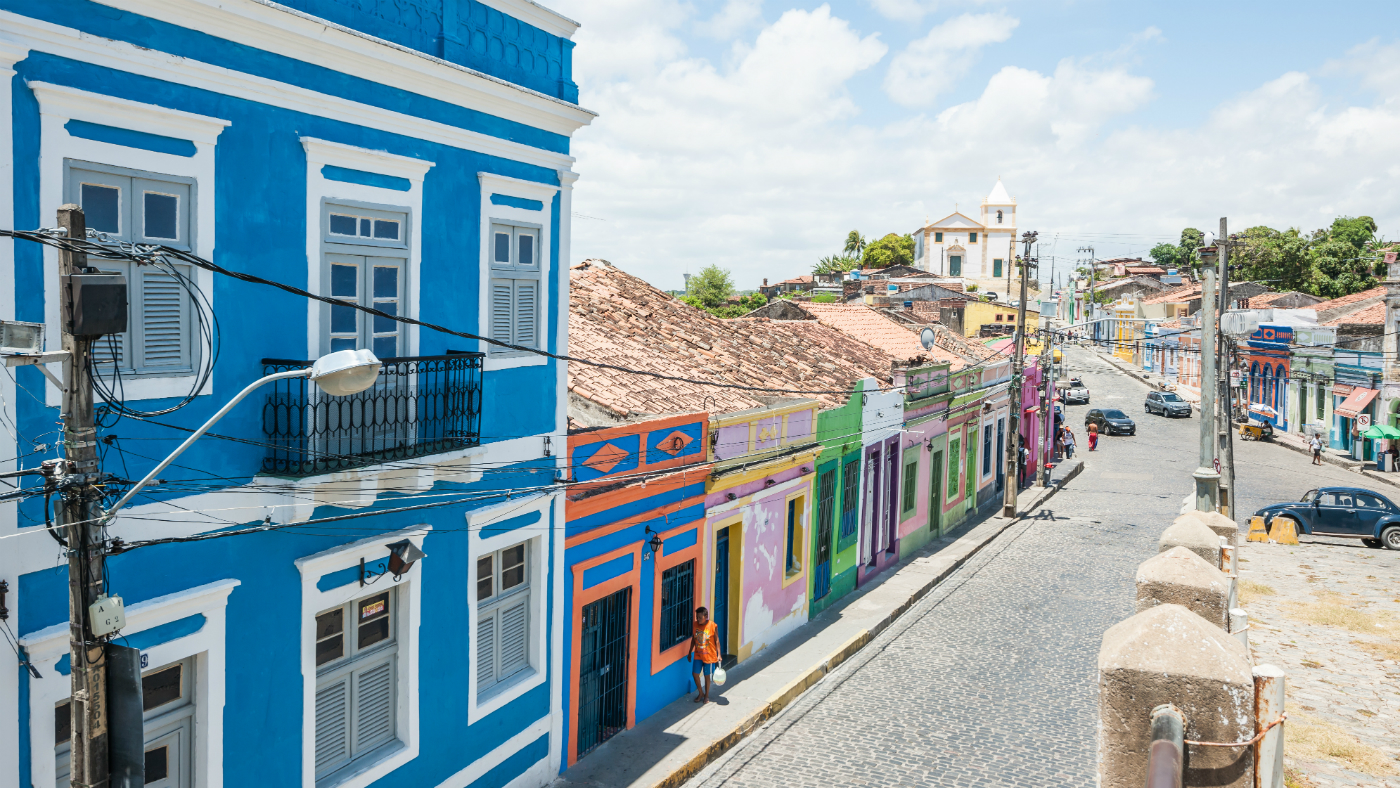
Credit: Embratur
Our guesthouse, the Pousada dos Quatro Cantos, occupied one of the biggest of these. Liberally strewn with old religious sculptures, folk art and antiques, it was charming, but affordable and down-to-earth: international boutique mega-luxe and the associated room rates have, thankfully, yet to arrive in this neck of the woods.
Olinda’s carnival celebrations are among the most famous and crowded in Brazil, but in August the town was wonderfully peaceful. A lazy day’s wandering was barely enough to tick off half the historic sites marked on our little tourist map, among them four splendid Baroque churches and an art museum recently rehoused in the lofty, freshly whitewashed halls of the town’s old fish market. Beyond an impressive gallery of 20th-century paintings from the region we chanced upon a huge collection of puppets (known irresistibly as mamulengos in Portuguese) dating from as far back as the 19th century. Roughly crafted but hilariously expressive, they included farmers and policemen and doctors and plenty of characters from folklore, among them a whole hellful of horned demons and a horror-film witch with a sack-cloth face and terrifying canine teeth. My favourite was the crudest, barely one evolutionary step up from a sock puppet – an enormous pair of toothless wooden jaws crowned with mournful eyes and labelled simply The snake who eats everything.
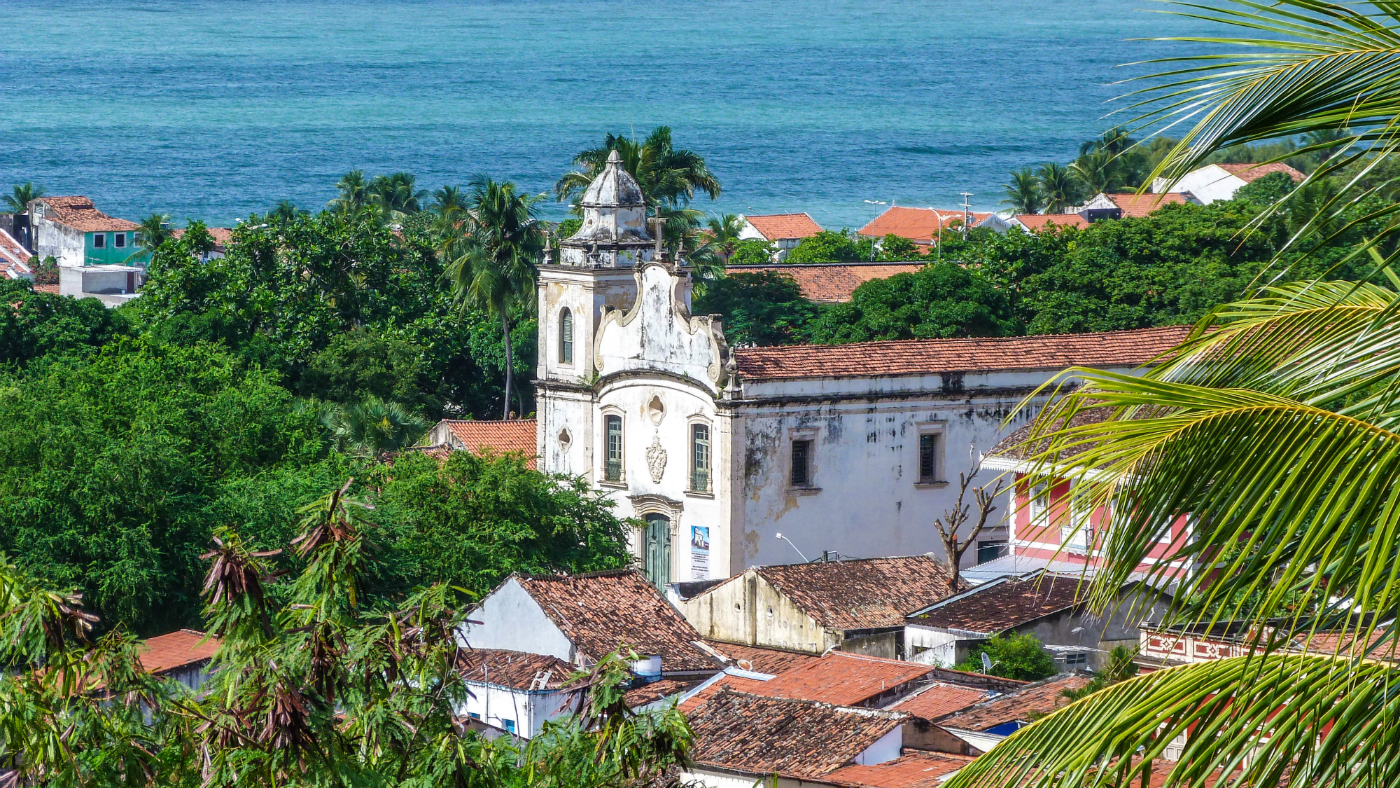
Credit: Journey Latin America
A night out on Recife’s large and lively gay scene ate as hungrily as this mournful serpent might into the next day’s earnest touristical hours (we had ended up at 5am in Iraq, a graffiti-covered bar in a crumbling old townhouse that felt as edgy as bohemian east London, but markedly more laid-back thanks in part to its rambling back garden).
Chief item on the agenda now was the Museu Cais do Sertão, a new museum dedicated to the culture of the Sertão – the arid, hardscrabble interior of north-east Brazil – and especially the music of Luiz Gonzaga, father of forro, its unique form of 20th-century popular music. Housed in a long, low postmodern building on Recife’s seafront – a simple block wrapped in a delicately fretted concrete screen echoing, no doubt, the play of harsh sunlight through the region’s tangled, thorny scrub – it announced itself unmistakably as a thrilling grand projet. Sadly, however, its café was out of the watermelon-and-ginger juice my hangover demanded, and so we soldiered on manfully in search of it elsewhere.
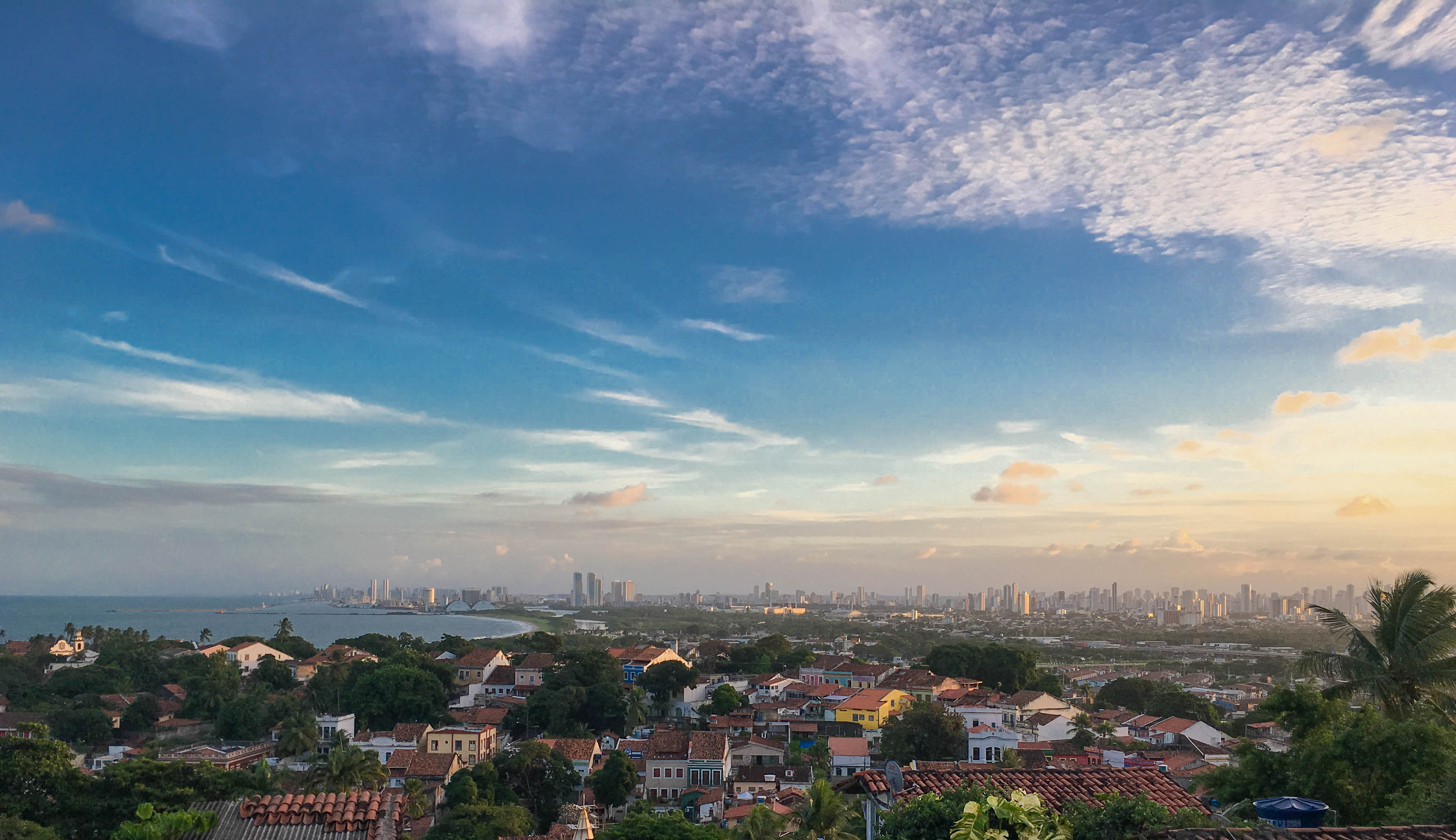
Credit: Journey Latin America
The streets behind it, on Recife’s outermost island, are the original core of the city, a tight, cobbled grid of tall townhouses reminiscent of lower Manhattan’s oldest corners. Post-elixir, we stumbled into a synagogue that turned out, movingly, to be the oldest in the Americas – founded in the mid-17th century when the relatively liberal Dutch briefly forced the Portuguese out of this corner of Brazil.
Next-door but one was a Madame-Tussauds-like private collection of the giant papier-maché figures paraded annually in Olinda’s carnival – from Luiz Gonzaga to Donald Trump, Ziggy Stardust and Kim Jong-un. And a two-for-one ticket deal there left us with no choice but to traipse along to its sister institution up the road, where fifty-odd happily grimacing Marks-and-Sparks-style mannequins habitually hang out together sporting various garish forms of folk- and carnival-wear – making an hour in their company an efficient if superficial introduction to a fairly dazzling range of local cultural traditions.
Among them are the frantic, African-inflected drumming of maracatu, and the equally feverish but more tuneful music of frevo, dominated by raucous trumpets and trombones. A lithe young man tumbled out unannounced from a broom cupboard to dance for us to a recording of the latter, twirling a rainbow-coloured umbrella overhead while sitting low on his haunches and kicking and leaping like a Cossack – a display at once so fabulously gay and so dauntingly muscular as to be worth the price of admission (and, indeed, the trip to Recife) alone.
A temple of art in the jungle
Every second person we met in Recife and Olinda told us that we must on no account miss a mysterious place in the forest on the city’s fringes called the Oficina Ceramica Francisco Brennand. Even after a dozen such conversations, however, their odd, fragmentary descriptions scarcely added up, and my scepticism was further fuelled by the fact that no one we consulted by phone or WhatsApp in the rest of the country seemed to have heard of it, and that the ceramics in my life hitherto had generally had more to do with soup – however exquisitely seasoned – than with deep existential or even profound aesthetic experiences. But then I had noticed Brazil had a tendency to surprise me – on a cloudy arrival in Rio, say, or a cloudier arrival in Recife – and this healthily burgeoning self-doubt, combined with an atavistic instinct (“Brennand” sounded curiously British to me) and my partner’s relative enthusiasm, proved sufficient to lure me into another rickety taxi, and off into the jungle.
Our destination turned out to be a sprawling disused brickworks lying really very deep among the trees, and overseen by the huge-bearded nonagenerian of its name, Brennand himself. The scion of a 19th-century industrial dynasty – British immigrants, as I had suspected – he has devoted his own life (and perhaps, one imagines, some considerable part of his fortune) to art and, in particular, to this place, which is so extensive and so replete with sculpture (there are more than 1,000 individual pieces, I would guess – all of them ceramic, as promised) that it’s hard to imagine he had time to stick any elsewhere. (In fact, we discovered that the colossal phallic monument on Recife’s seafront – which had looked fairly antique to me – was actually Brennand’s work). These sculptures vary between about two feet and twenty feet in height, and have nothing to do with soup beyond their common colour – a sort of inoffensive French-onion brown. All are figurative but powerfully stylised – birds, animals and human figures with bulbous forms and a faintly primitive or naïve air. But more striking than these individual objects is their collective effect.
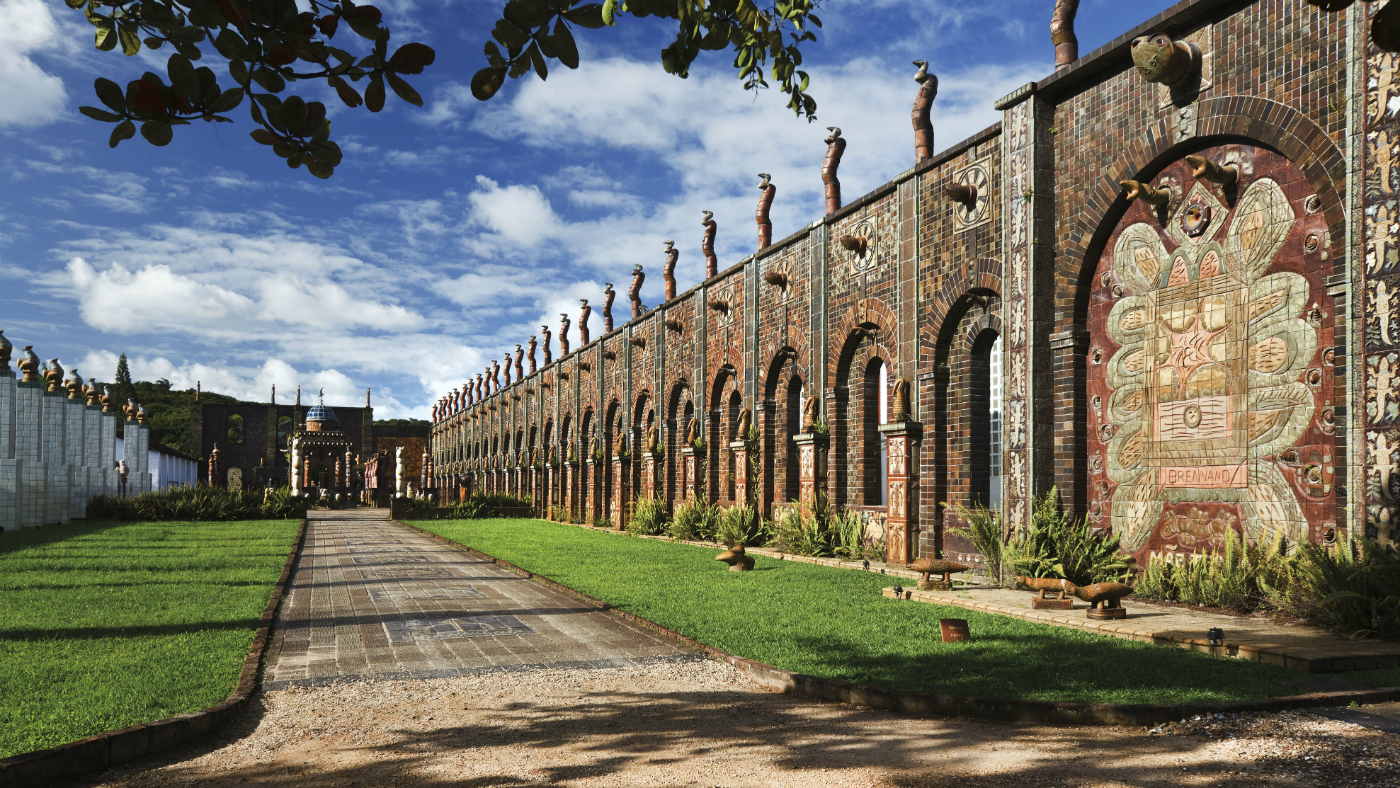
Credit: Helder Ferrer
Across a rambling series of halls, courtyards and gardens – one of them laid out by Roberto Burle-Marx, the greatest of Brazilian landscape architects – the statues march in apotropaic ranks or gather in hieratical groups arranged according to an esoteric, perhaps mystical, philosophy doubtless known only to the Master himself.
It feels like nothing so much as the Mesapotamian halls of the British Museum, or the Babylonian section of the Pergamon in Berlin, but with half the roof blown off, fountains playing and palm trees swaying all around, and a far more cosmopolitan range of reference. Here is Agamemnon, there Quetzalcoatal, and sitting in a sort of tremendous shrine beyond, something one can only imagine to be a Cosmic Egg.
Handsome, calligraphic ceramic friezes quoting from great works of literature – scriptural hints, no doubt, for the uninitiated – line the walls. The first I noticed read The horror! The horror!, so that I imagined Brennand as Colonel Kurtz and decided the whole project was too hackneyed and yet too florid and might (after all the caipirinhas the previous night and the night before that, and the diarrhoea from which I was suffering, the consequent weakness of my knees, and the intense heat of the tropical sun bearing down on my head and neck) even drive me to a psychotic breakdown.
But my partner’s joy in it seemed unbounded and, together with the tinkling music of the waters and the cool Atlantic breeze straying far, far over the trees to reach us, soon pulled me out of my funk. Brennand’s ceramic wonderland suddenly reminded me of nothing so much as the puppet collection in Olinda – it had the same theatricality, the same quirkiness, the same human curiosity and generosity of spirit, and the same sense of embracing worlds. And on top of that it gave an impression of a huge but benign ambition that was positively inspiring.
The artist’s drive to self-realisation seemed Wagnerian in scale, his work a kind of Brazilian Ring des Niebelungen frozen forever in a forest clearing in French-onion brown.
A dreamy Brazilian beach retreat
Aided by the venomous lounge-lizard of late-night cocktail consumption, the melancholy serpent of urban cultural tourism had devoured our every waking hour in Recife, and our need to swim in warm seas – always our fundamental motive in leaving Rio – was still unmet. In planning the trip, however, I had left nothing to chance. The littoral to both sides of the city is apparently beautiful, but the last few nights of our holiday were to be spent a whole three hours by car to the south, at one of the best-known luxury beach resorts in Brazil, Kenoa.
The drive there was easy enough, along a near-deserted motorway through a sparsely populated landscape of sugar-cane plantations and low, forested hills, and then into the small, isolated coastal settlement of Barra de Sao Miguel – more a loose amalgamation of beach villas and convenience stores than a town. Known for its low-key but high-end design, Kenoa sits, somewhat improbably, behind a tall fence where this scrappy place’s sleepiest street trails off into the sand. Beyond it, a majestic golden beach stretches on uninterrupted, past miles of empty dunes and coconut plantations, to the port city of Maceio, whose lights can be seen at night, glittering on the horizon.
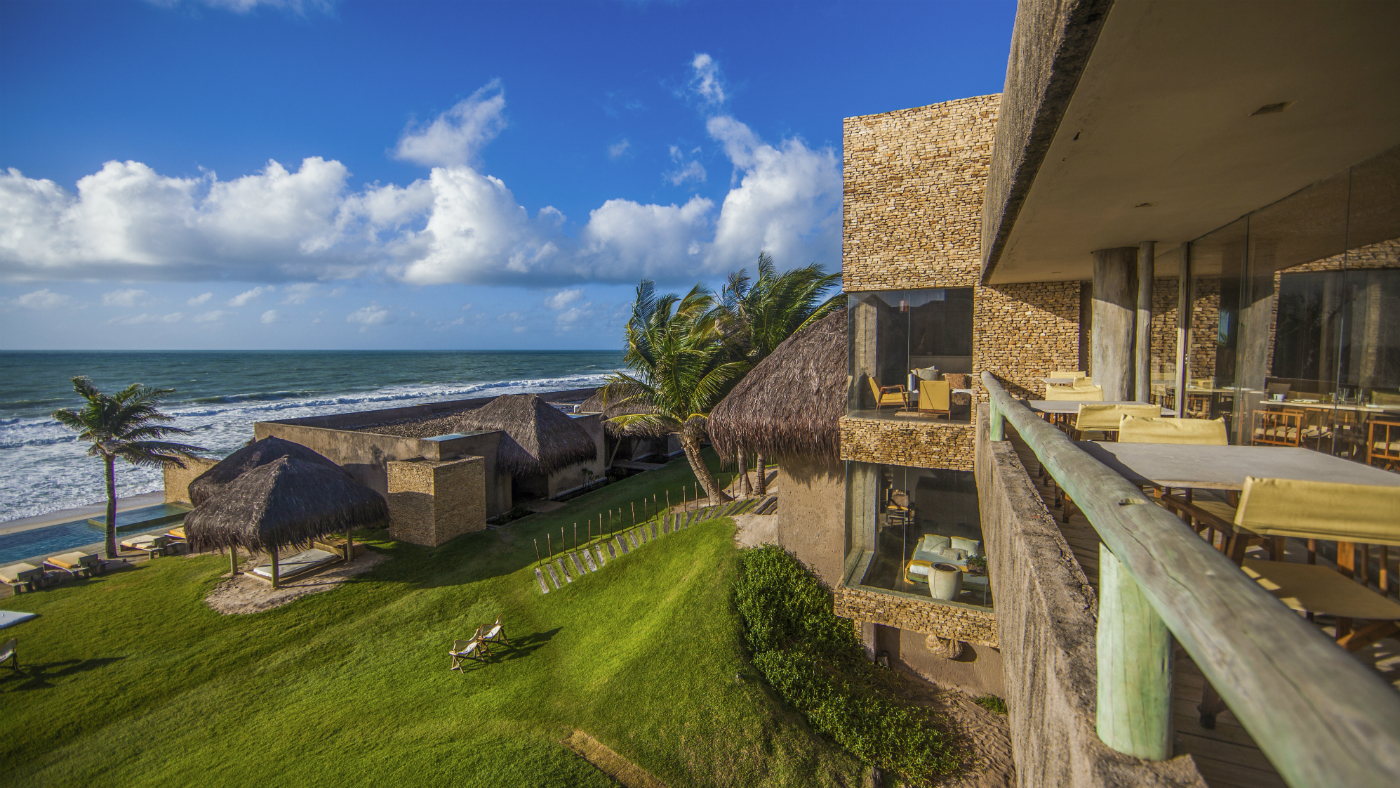
The lack of true isolation doesn’t really affect your experience at Kenoa. The beach before it and to either side is always more or less deserted, there are elegant palm trees all around, and the peace is complete. The hotel has just 23 rooms, all of them at ground level, and each as big and airy (and, as far as we could tell, as well-soundproofed) as, say, an upmarket Seychelles beach villa.
The interiors are simple and serene, dominated by natural materials and pale earth tones – walls of rough, honey-coloured stone, high ceilings, polished-concrete floors, modern Brazilian hardwood furnishings, vast bathrooms with rainshowers and his-and-his carved-stone sinks, gigantic tropical flowers perching on fat green stalks in towering glass vases – and each room ends in a floor-to-ceiling window opening onto a large wooden verandah with a plunge-pool perched over the ocean. Our footman or butler or whatever he was called lead me to mine upon arrival and I walked in and immediately wanted to own it. And not to leave for a very long time.
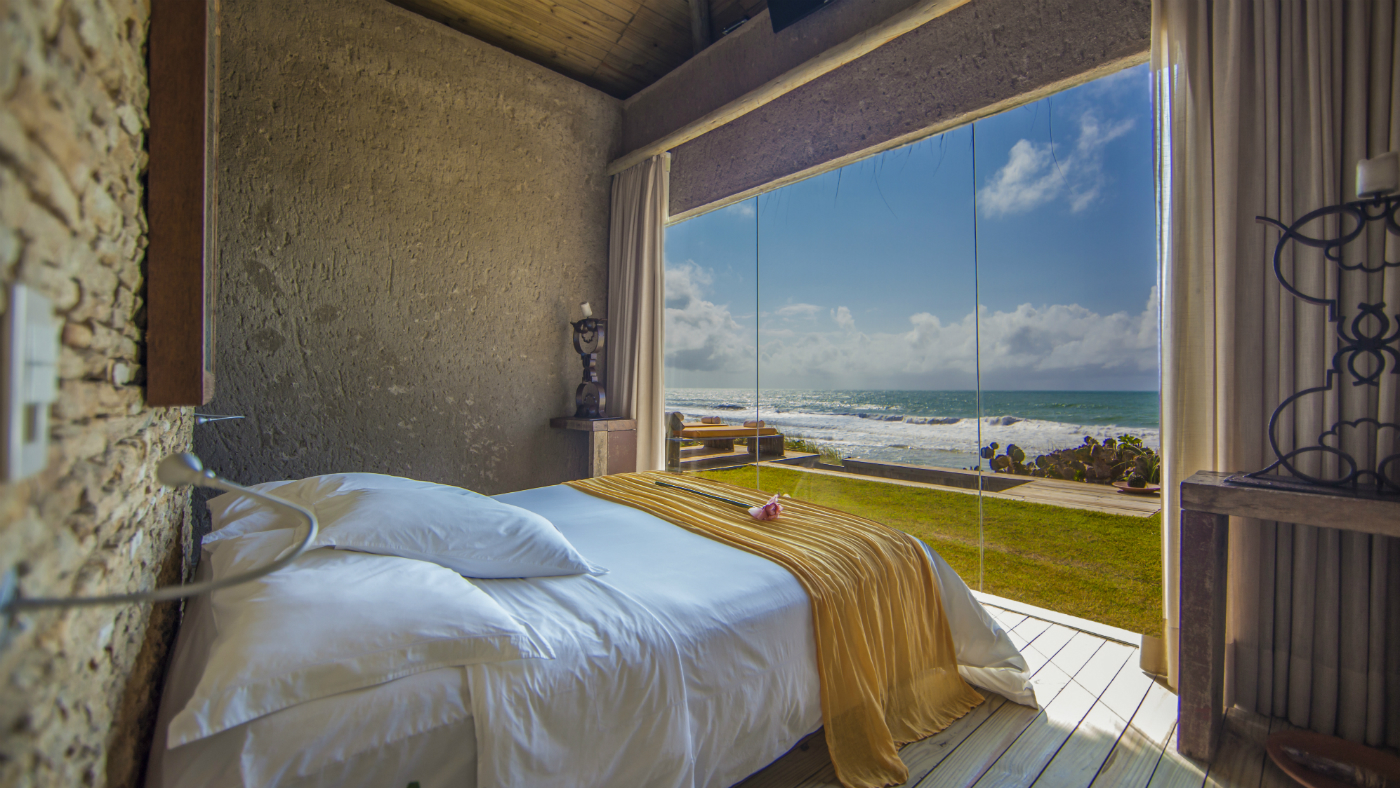
The main buildings – restaurant, spa, rooftop bar open to the stars – cleave to the same hip but soothingly natural barefoot-modernist aesthetic, with rough concrete walls, shaggy palm-thatch roofs and gnarled pillars of untreated hardwood. In the middle of it all is a sweeping, perfectly manicured lawn strewn with white daybeds and regularly graced by a sunbathing iguana or two, and beyond it, two black-tiled swimming pools overlooking the beach. Staff are friendly, and the food, well-pitched – a mixture of African-influenced north-east Brazilian classics and Iberian seafood stews, subtly flavoured and beautifully presented, but not too fussy or pretentious for this sort of sandy-toed, caipirinha-sodden seaside context. (One could also ditch the booze and come here for detoxifying juices and a rigorous, cheekbone-tightening 24/7 spa routine. Next time, perhaps.)
The only disappointment was that the ocean is too rough here for swimming (dip toes, by all means, and surf if you can). But I didn’t mind this in the end. Sipping artisanal cachaças on our private verandah in the light of the full moon, I found the sight and sound of the dark, wild Atlantic waves crashing below quite transcendent. Indeed, such moments at Kenoa triggered a lifestyle revelation of near-existential intensity, namely that I needed eventually to live by the sea – by a sea like this – a revelation that weeks spent in similar places in Greece and the Maldives and God knows where else in recent years had never had the power to provoke.
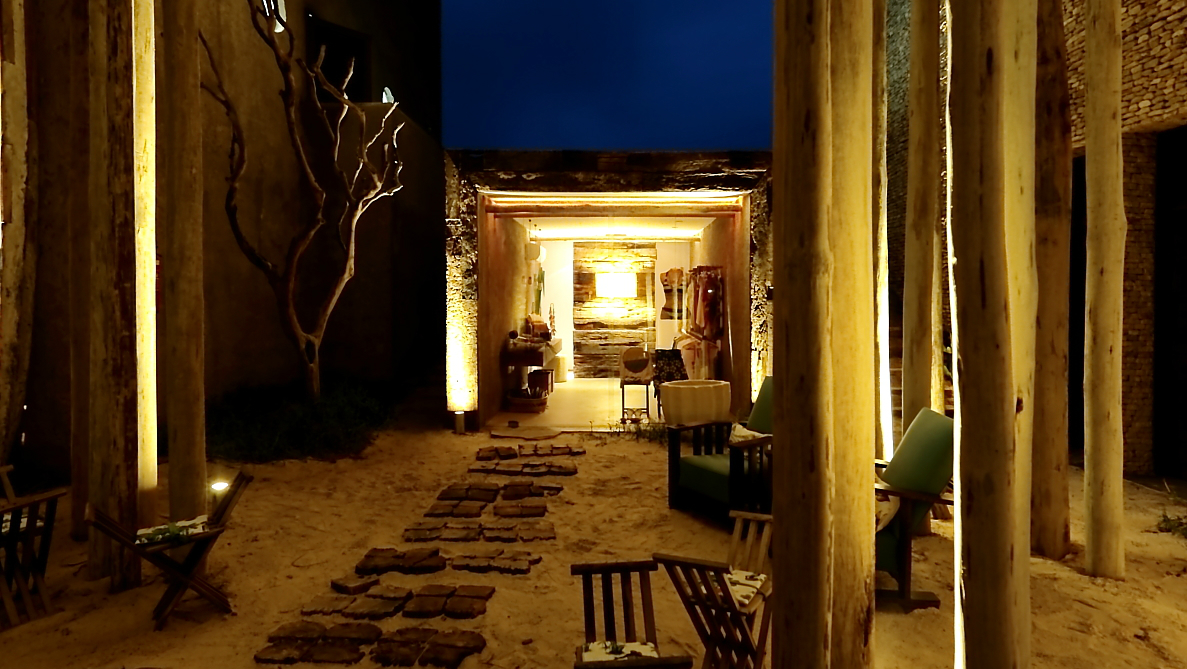
Besides, we discovered one could ask a cheerful little chap in reception to pack some fluffy towels, snorkels, bottles of water and tasty snacks in a chic canvas bag and drive one down the coast in a 4x4 for a few minutes – a very easy post-lunch jaunt – to a beach called Praia do Gunga that was partially protected by a recife just like that in Recife, and perfect for swimming.
It was, indeed, everything that a European cliché like me could ask of Brazil – just the right number of holidaying locals paddling beside simple stalls selling fruity cocktails by the gallon, sugar-soft sands, swaying coconut palms, water as warm as fifteen-minute-old tea, and not a lowering cloud in sight. Travel would not be travel if it did not occasionally defy one’s expectations, but sometimes it’s nice to have them fulfillled, too. Exiles from Rio de Janeiro’s icy shore, Gabriel and I had found our tropical dream escape at last.
Journey Latin America (020 8600 1881, journeylatinamerica.co.uk) is the UK’s leading specialist in travel to Latin America. A 10-day holiday to Rio de Janeiro, Recife and Olinda with a 3-night stay at Kenoa starts from £3,193 per person. The price includes flights, transfers, excursions, first-class hotels and breakfasts.
-
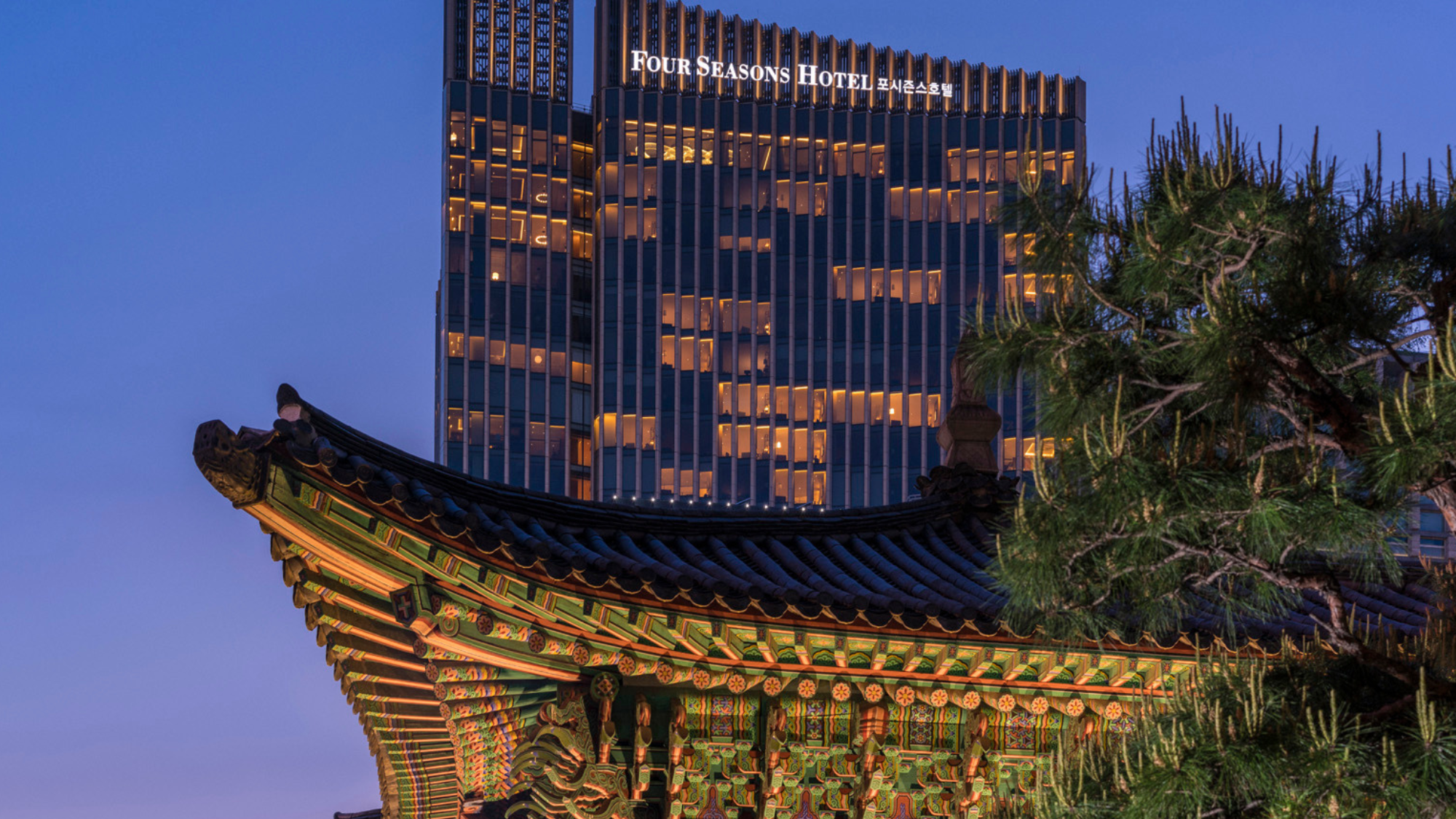 Four Seasons Seoul: a fascinating blend of old and new in South Korea
Four Seasons Seoul: a fascinating blend of old and new in South KoreaThe Week Recommends Located right in the heart of the action, this classy hotel is the perfect base to explore the capital
-
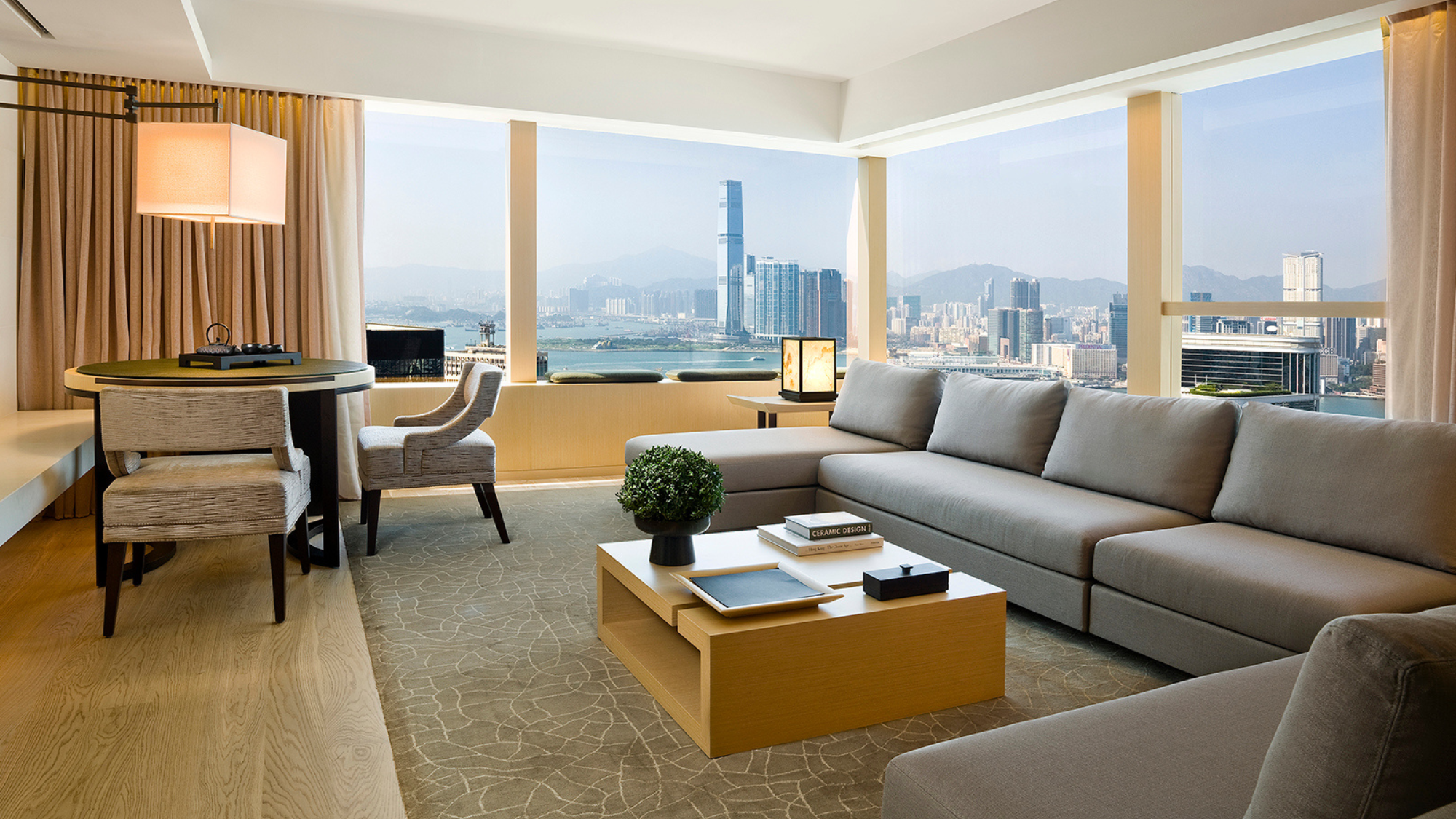 Upper House Hong Kong: a serene sanctuary in the bustle of the city
Upper House Hong Kong: a serene sanctuary in the bustle of the cityThe Week Recommends Panoramic harbour views and super-stylish interiors elevate this luxury hotel to another level
-
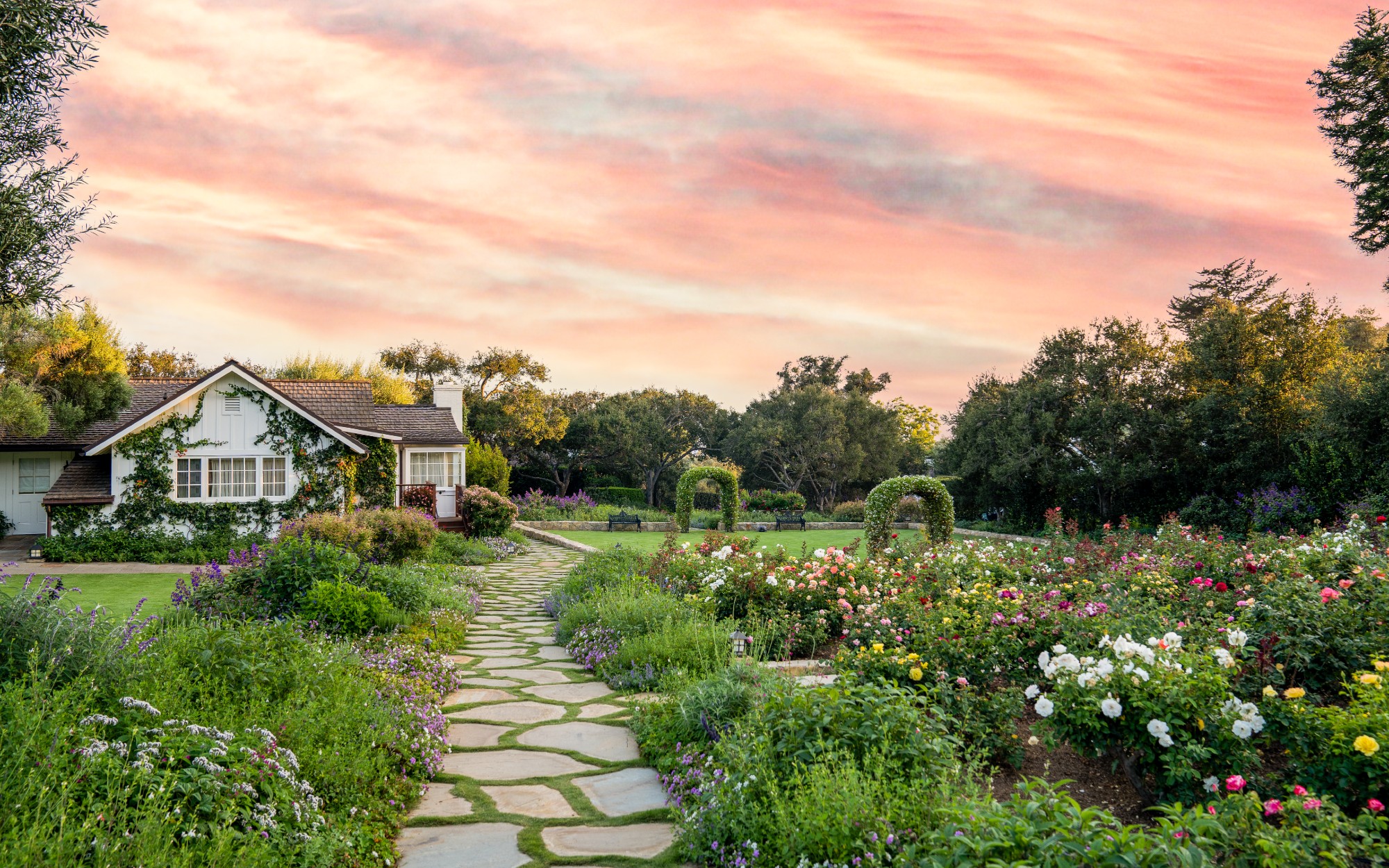 Step into a fairy tale at San Ysidro Ranch
Step into a fairy tale at San Ysidro RanchThe Week Recommends This historic Californian hideaway is pure magic
-
 The Old Bell Hotel: whimsy and charm in historic Wiltshire
The Old Bell Hotel: whimsy and charm in historic WiltshireThe Week Recommends Giraffes, monkeys and bold, bright colours add a playful touch to this 800-year-old inn
-
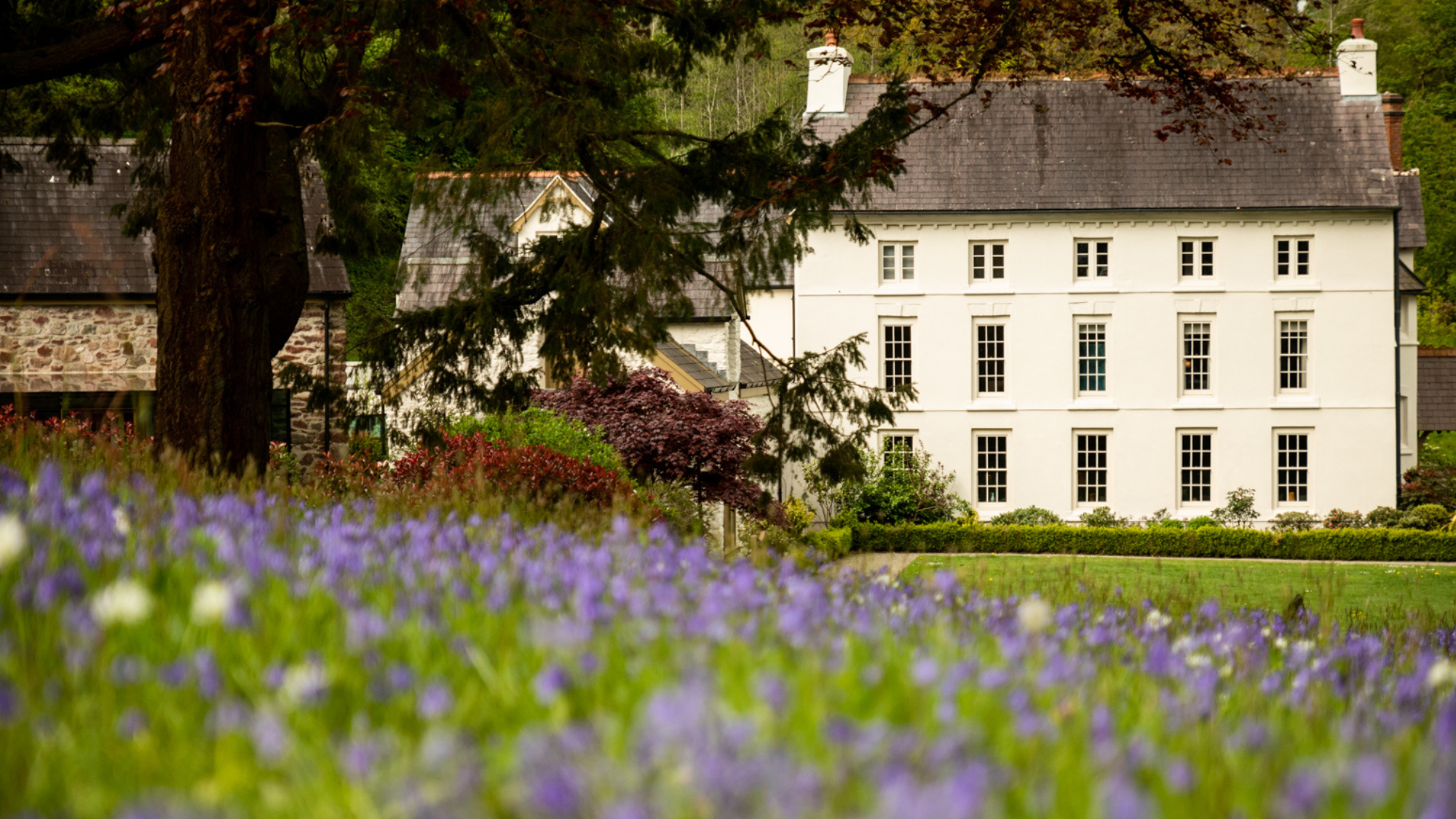 Grove of Narberth: comfort and style in the Welsh countryside
Grove of Narberth: comfort and style in the Welsh countrysideThe Week Recommends This boutique Georgian manor in Pembrokeshire is the perfect rural retreat
-
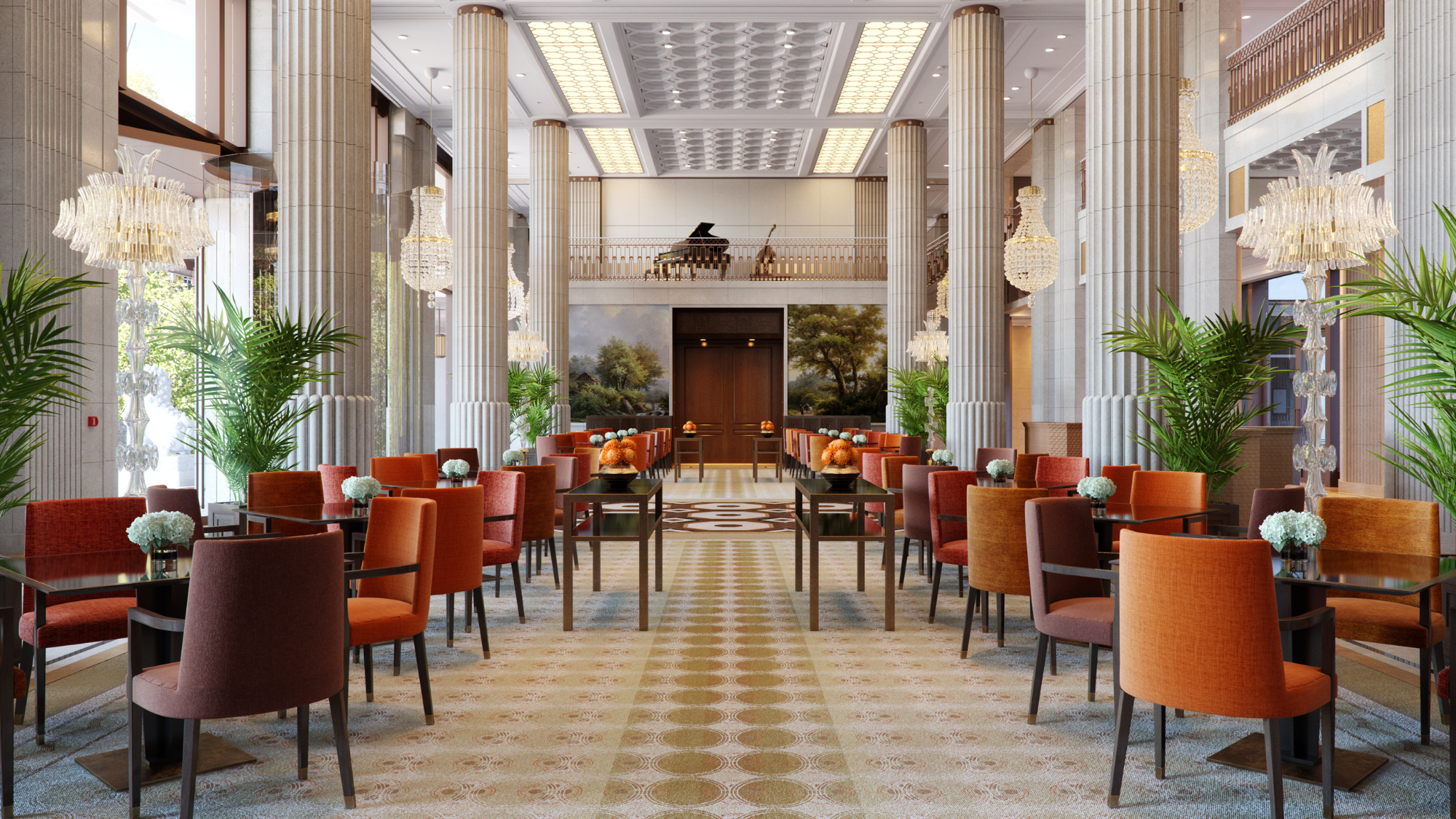 The Peninsula: London’s first billion-pound hotel
The Peninsula: London’s first billion-pound hotelThe Week Recommends As the capital’s super-luxury hotel scene continues to expand, the respected brand is still setting the standard
-
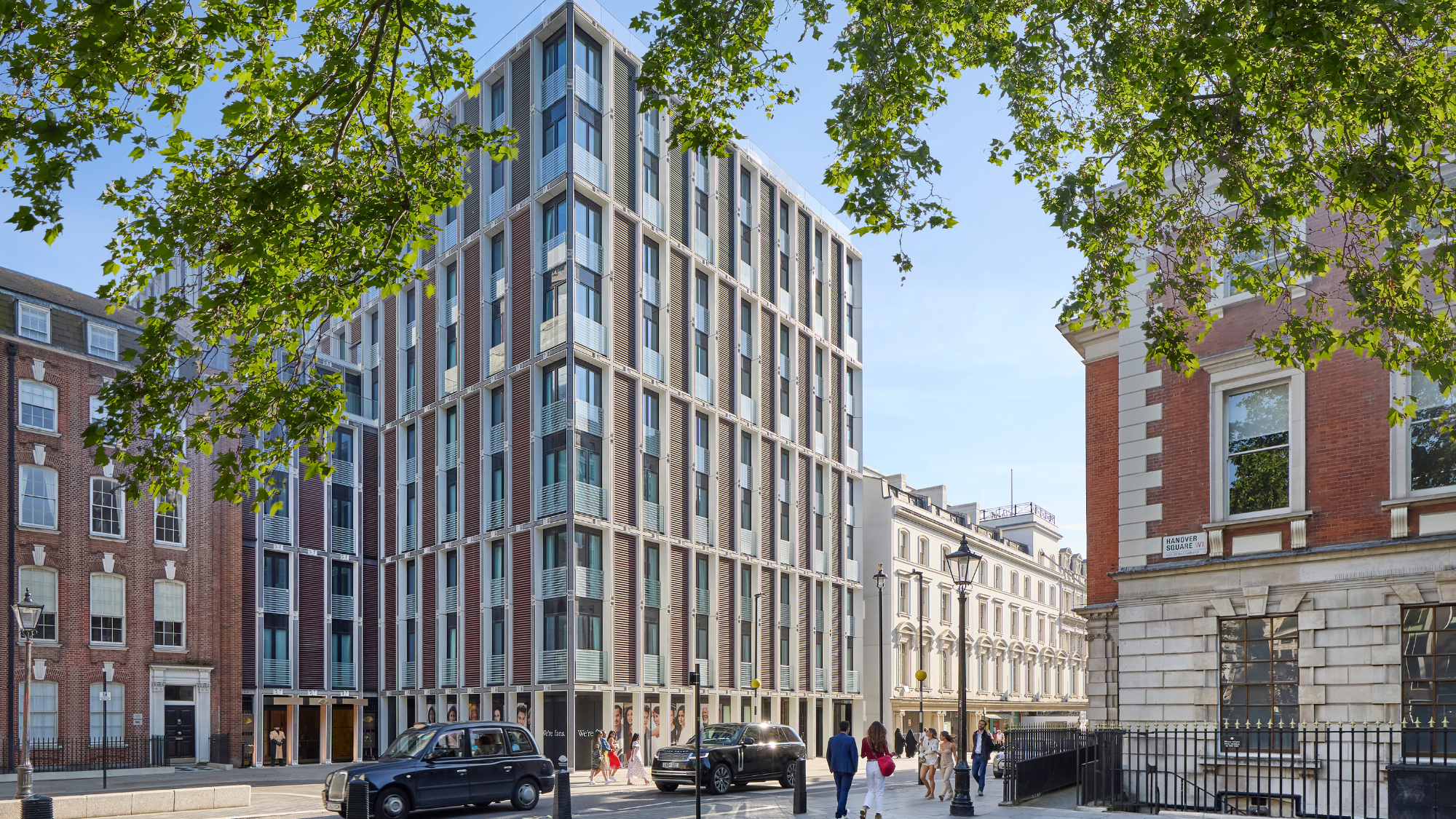 The Mini-Mayfair package at Mandarin Oriental
The Mini-Mayfair package at Mandarin OrientalThe Week Recommends Keep the kids entertained with a family-friendly stay at one of London’s swankiest hotels
-
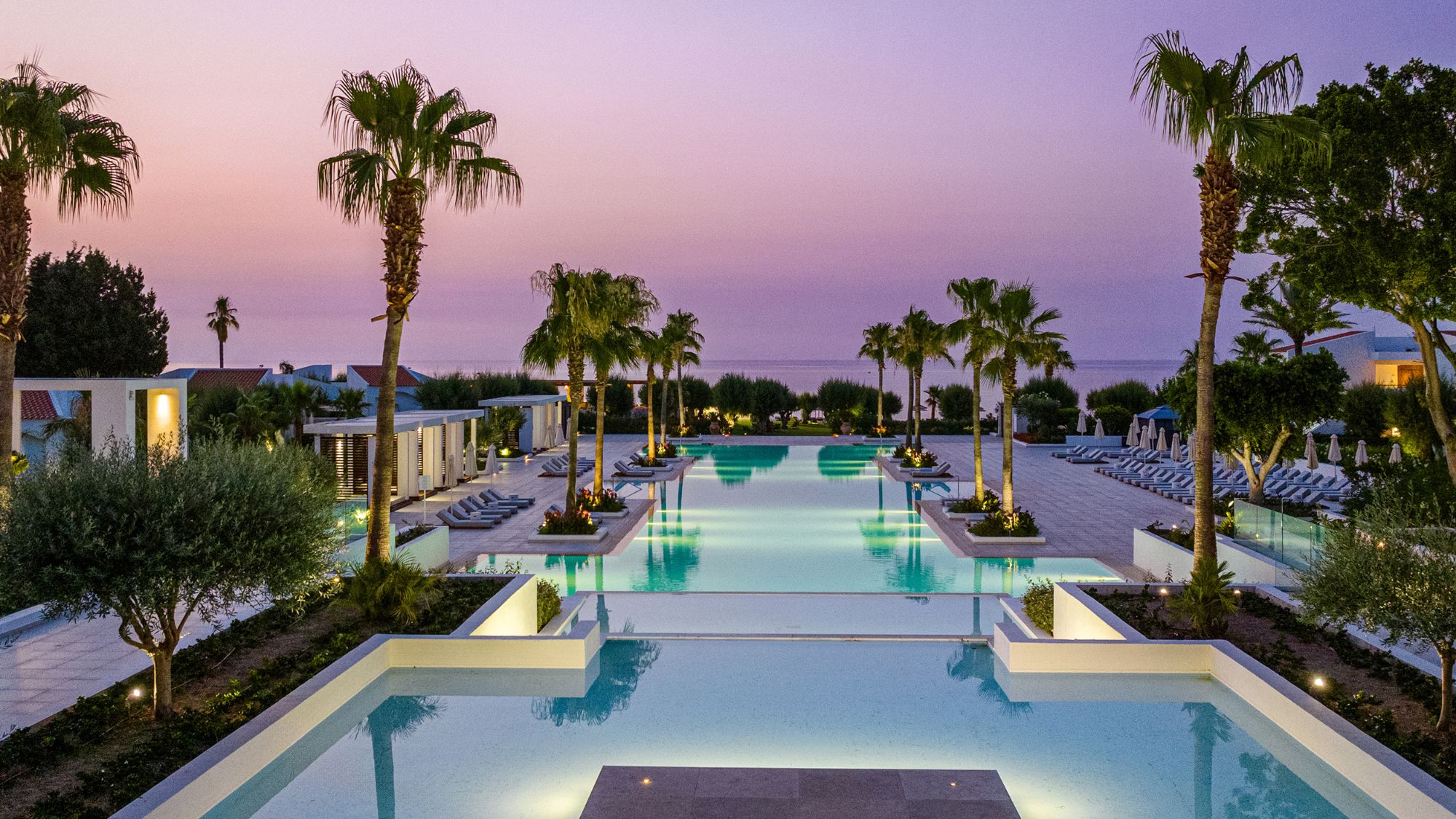 Grecotel Luxme Dama Dama: Greek luxury with a breezy beach vibe
Grecotel Luxme Dama Dama: Greek luxury with a breezy beach vibeThe Week Recommends Rhodes is reimagined in this refined and relaxed resort


